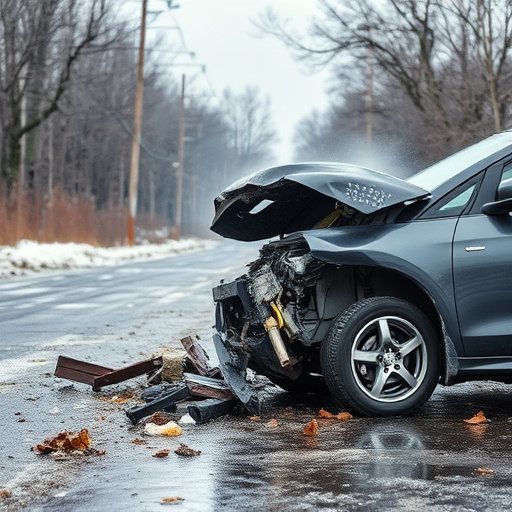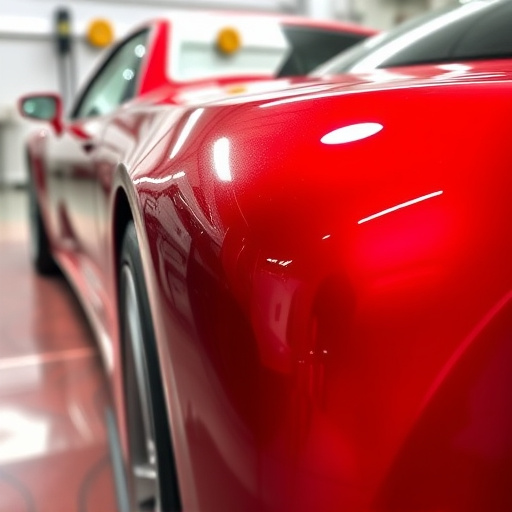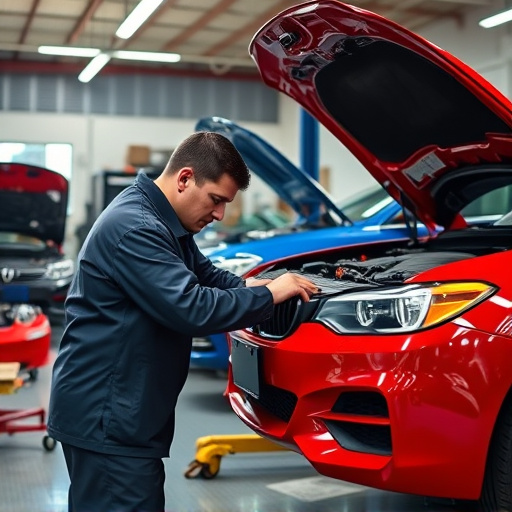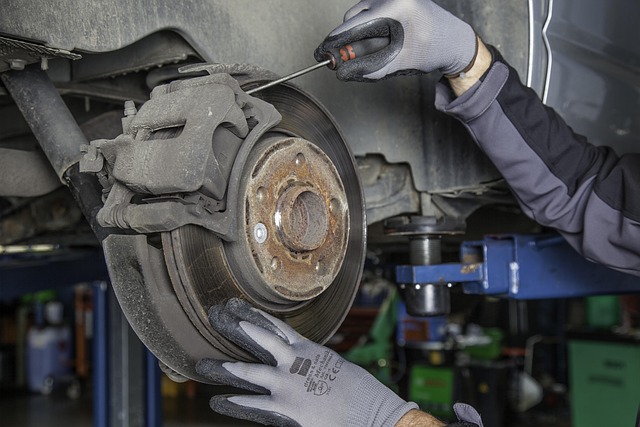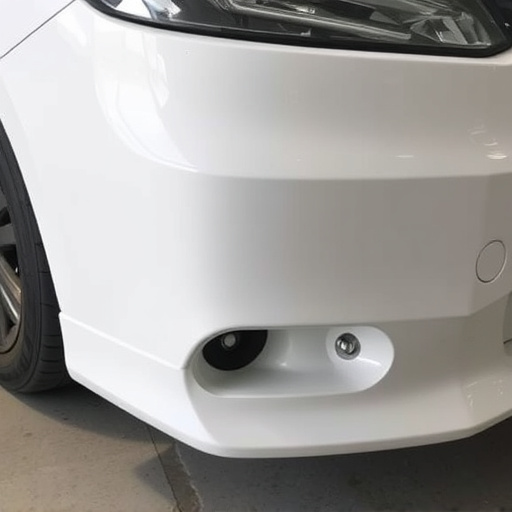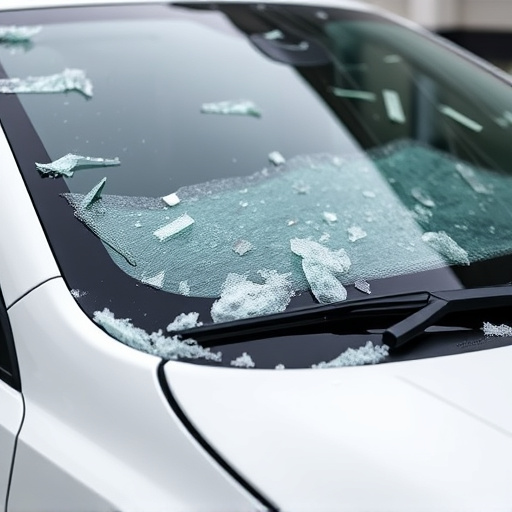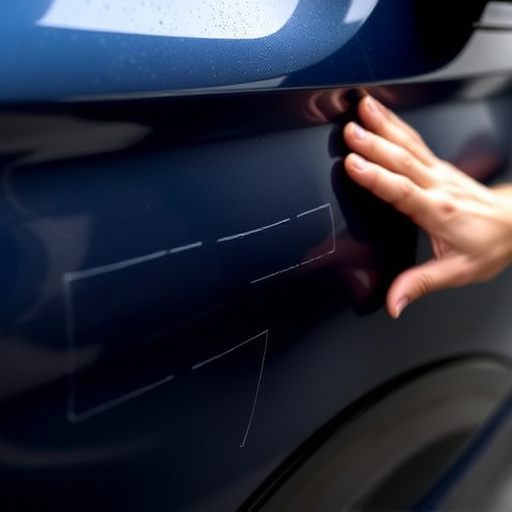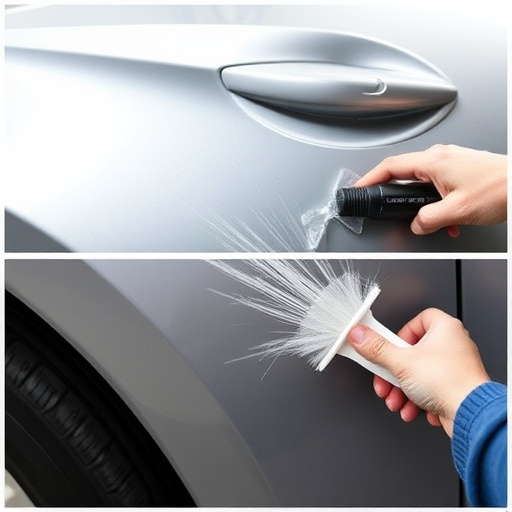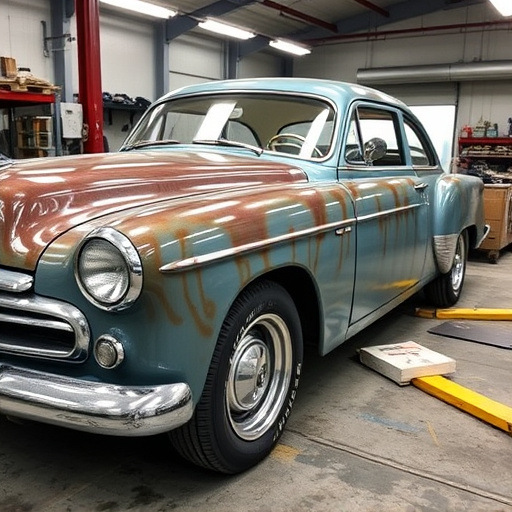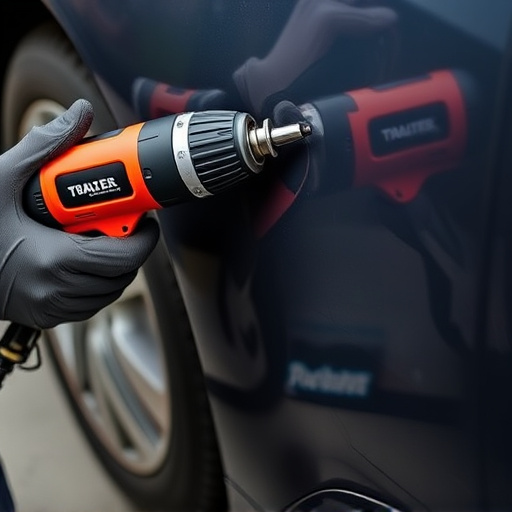Tesla's carbon fiber vehicles require meticulous repair due to potential defects like delaminations, cracks, and misaligned fibers. Skilled technicians use advanced techniques, specialized tools, and composite bonding to ensure structural integrity and maintain aesthetic appeal, adhering to OEM specifications for quality repairs. Tesla carbon fiber repair is vital for preserving performance, efficiency, and the vehicle's unique design characteristics.
Tesla’s innovative use of carbon fiber in their vehicle construction offers superior strength and lightweight benefits. However, like any material, it’s not immune to defects. This article delves into the world of Tesla carbon fiber repair and inspection, highlighting common issues such as cracks, delaminations, and fiber misalignments. We explore advanced repair techniques used by professionals to restore these high-performance materials, ensuring structural integrity and aesthetic appeal. Learn about quality assurance measures for seamless Tesla carbon fiber repairs.
- Understanding Tesla Carbon Fiber Construction
- Identifying Common Carbon Fiber Defects
- Repair Techniques and Quality Assurance
Understanding Tesla Carbon Fiber Construction
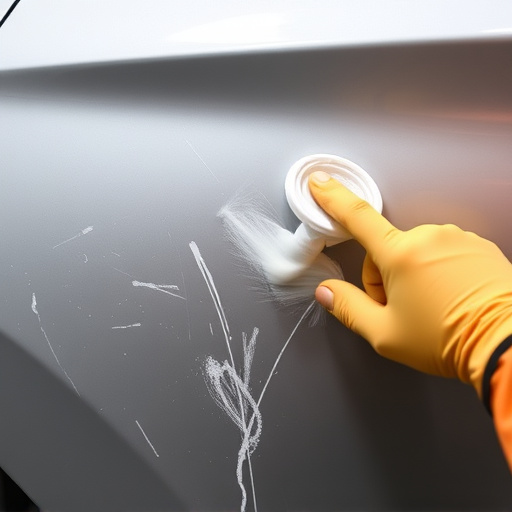
Tesla’s use of carbon fiber in their vehicles is a testament to their commitment to lightweight, durable materials that enhance performance and efficiency. This advanced composite material is meticulously layered and molded to create intricate components, from body panels to chassis parts. Understanding the construction process is key when it comes to Tesla carbon fiber repair, as each layer must be carefully assessed for any signs of damage or defects. Hidden imperfections can compromise structural integrity and aesthetics, making meticulous inspection crucial before considering repair or replacement.
Tesla vehicle paint repair, specifically focusing on carbon fiber areas, requires skilled technicians who understand the unique properties of this material. Auto repair services that specialize in carbon fiber work employ advanced techniques to both mend and inspect these delicate structures. This involves using specialized tools and expertise to identify issues like delaminations, cracks, or fiber disruption, ensuring that repairs are not only structural but also maintain the vehicle’s sleek, modern appearance—a hallmark of Tesla auto painting when done right.
Identifying Common Carbon Fiber Defects
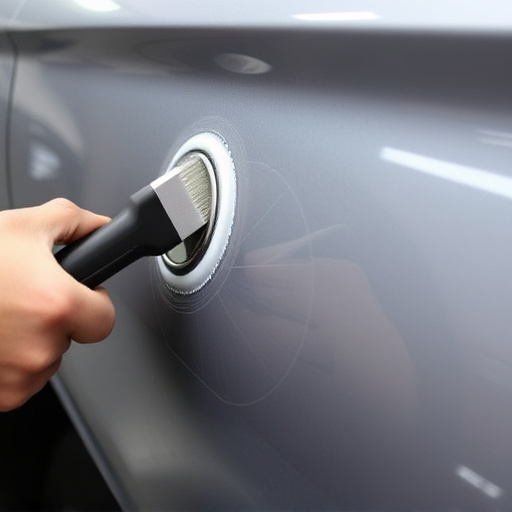
Identifying common defects in Tesla carbon fiber is a crucial step in ensuring proper repair and maintenance. Carbon fiber, known for its strength and lightweight properties, can still develop issues over time due to manufacturing imperfections, environmental exposure, or accidental damage. Some of these defects include delaminations, where the layers of carbon fiber separate, creating weak points; cracks, which can vary from superficial to structural; and fiber misalignment, resulting in uneven stress distribution.
Regular visual inspections are essential for early detection. Look for signs of fading, discoloration, or gloss variations, which might indicate delaminations or moisture intrusion. Cracks and misalignments may be visible as surface irregularities or changes in the carbon fiber’s aesthetic appeal. For more detailed analysis, specialized tools like ultraviolet lights or infrared cameras can help uncover hidden defects often associated with classic car restoration and automotive body work. These issues, if left unaddressed, could compromise the structural integrity of Tesla vehicles, similar to how vehicle dent repair addresses cosmetic imperfections on other types of cars.
Repair Techniques and Quality Assurance
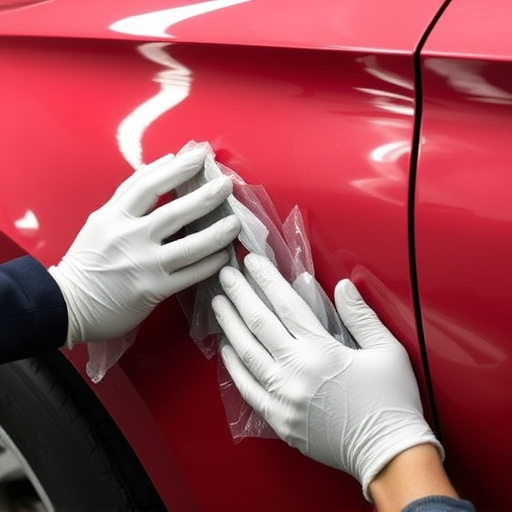
Tesla carbon fiber repair requires a delicate balance between precision and expertise. Advanced techniques such as composite bonding and specialized tools enable auto repair specialists to mend complex damage, matching the original finish seamlessly. Skilled technicians use their knowledge of materials science to assess and address hidden defects, ensuring structural integrity and aesthetic perfection.
Quality assurance is paramount in Tesla carbon fiber repair. Thorough inspections involve meticulous checks for pitting, delaminations, and other microscopic flaws that could compromise the panel’s strength and durability. Utilizing advanced diagnostic tools and rigorous standards, auto repair near me professionals guarantee that every repair meets or exceeds OEM specifications. This commitment to excellence ensures not just visible repairs but also long-lasting, high-quality automotive body work.
Tesla’s innovative use of carbon fiber in their vehicle construction brings both benefits and unique challenges. By understanding the material, its potential defects, and employing skilled repair techniques, we can ensure that these issues are addressed effectively. With proper inspection and repair, Tesla owners can maintain the structural integrity and aesthetic appeal of their vehicles for years to come, keeping their rides as reliable and stunning as the day they left the factory. This focus on carbon fiber repair and quality assurance is crucial for preserving the legacy of Tesla’s cutting-edge automotive design.
